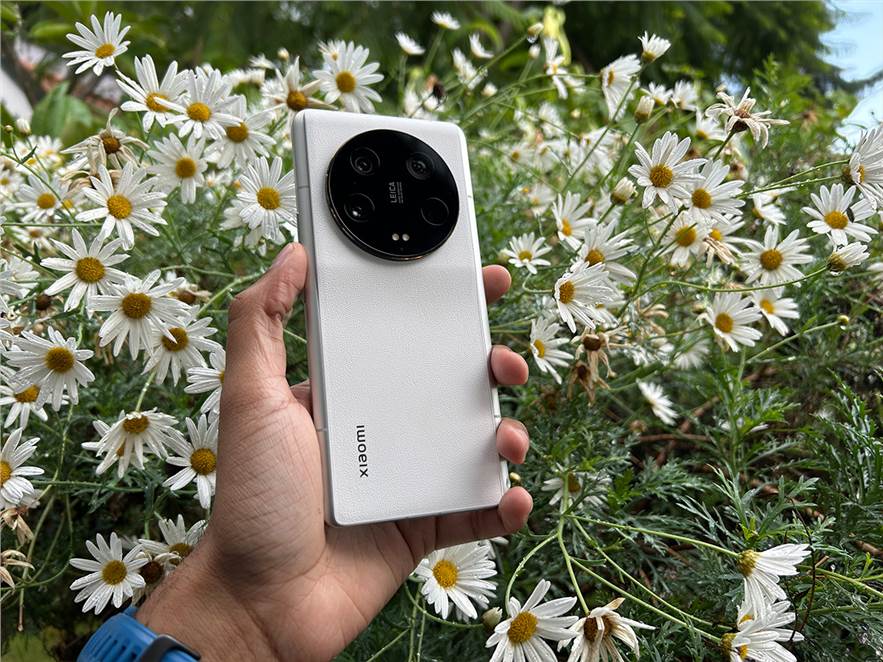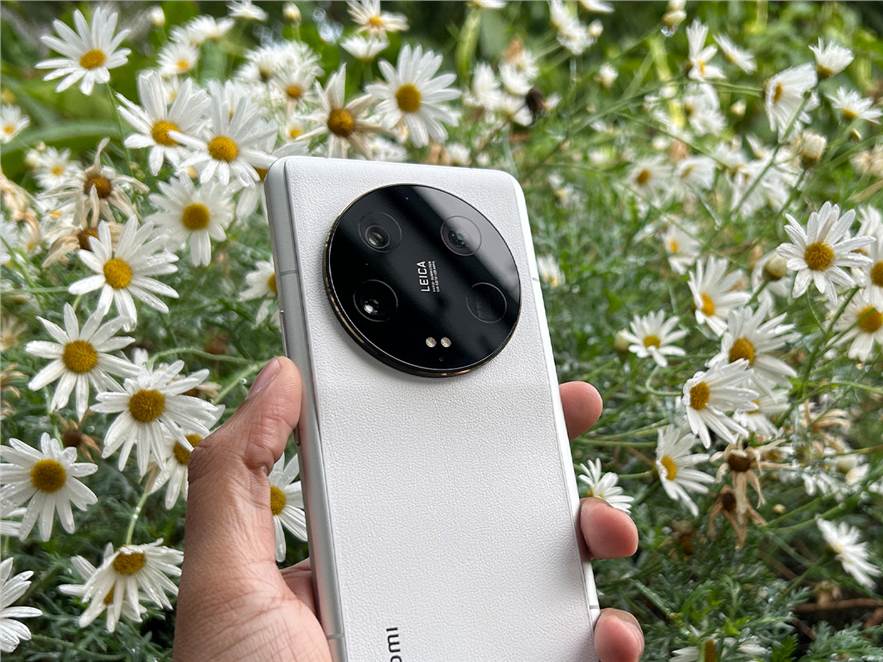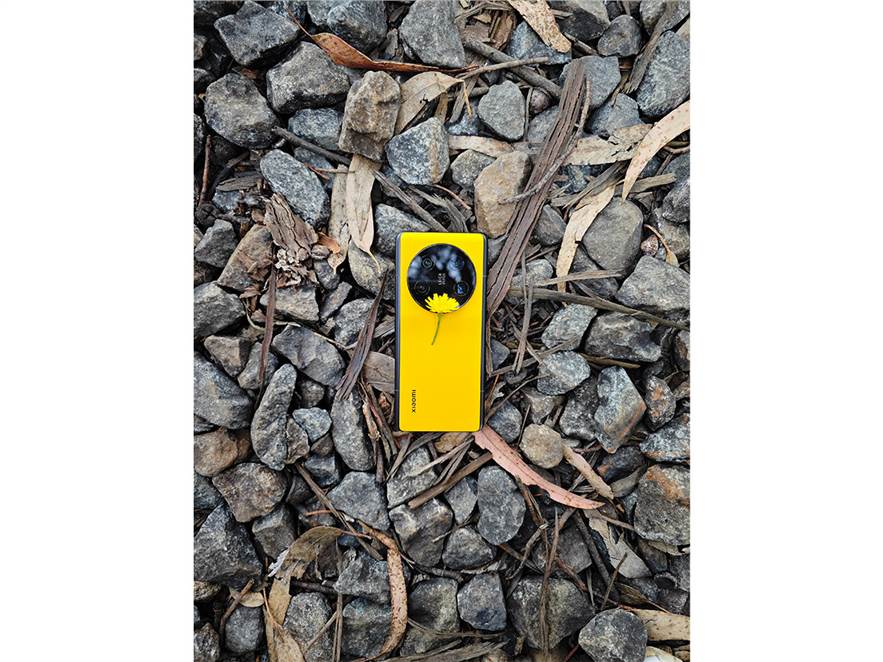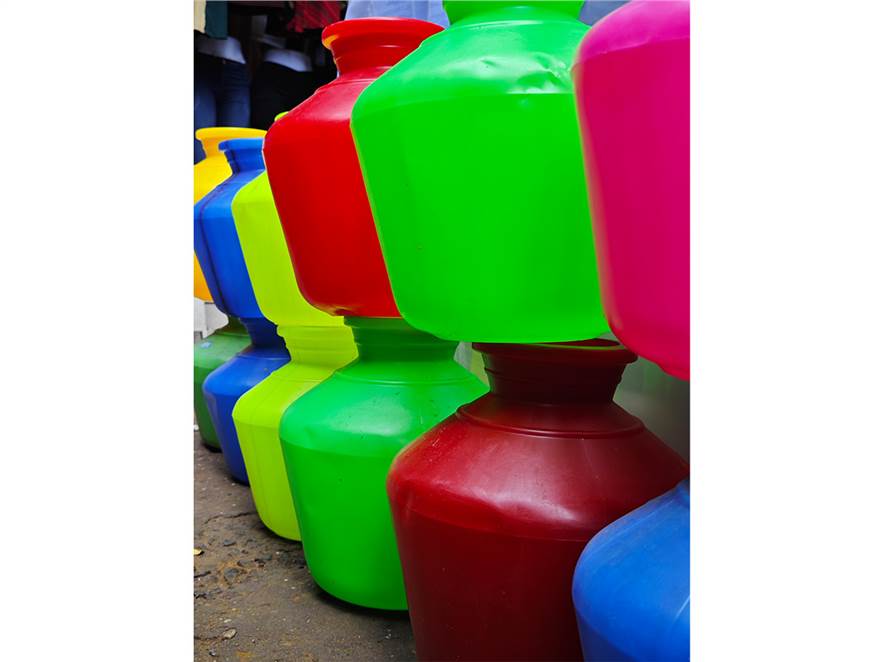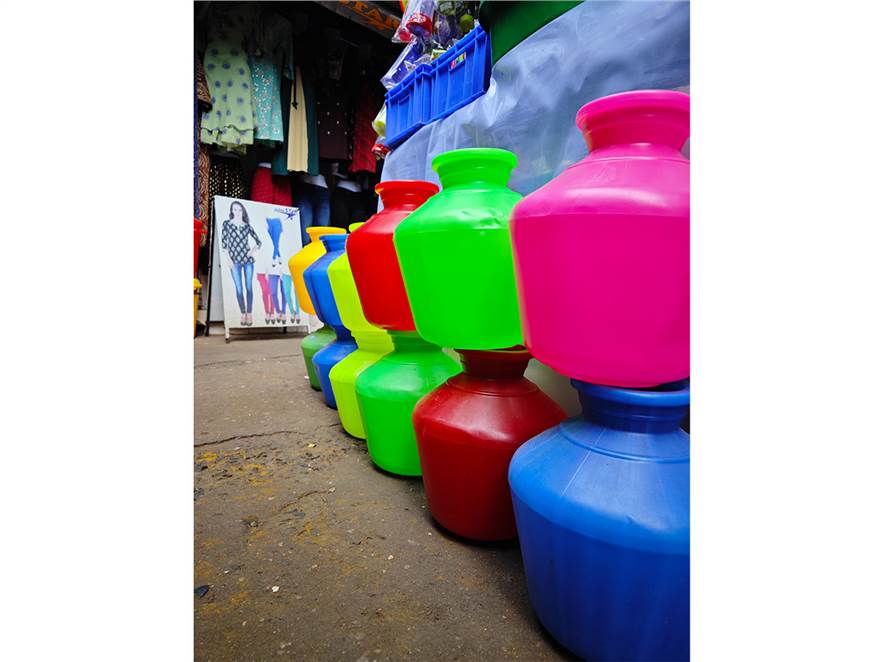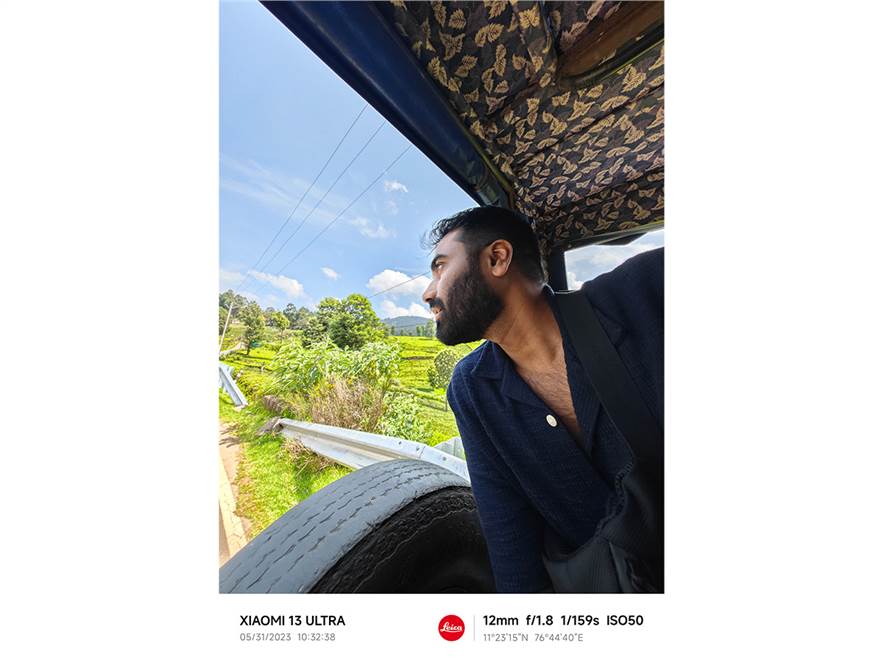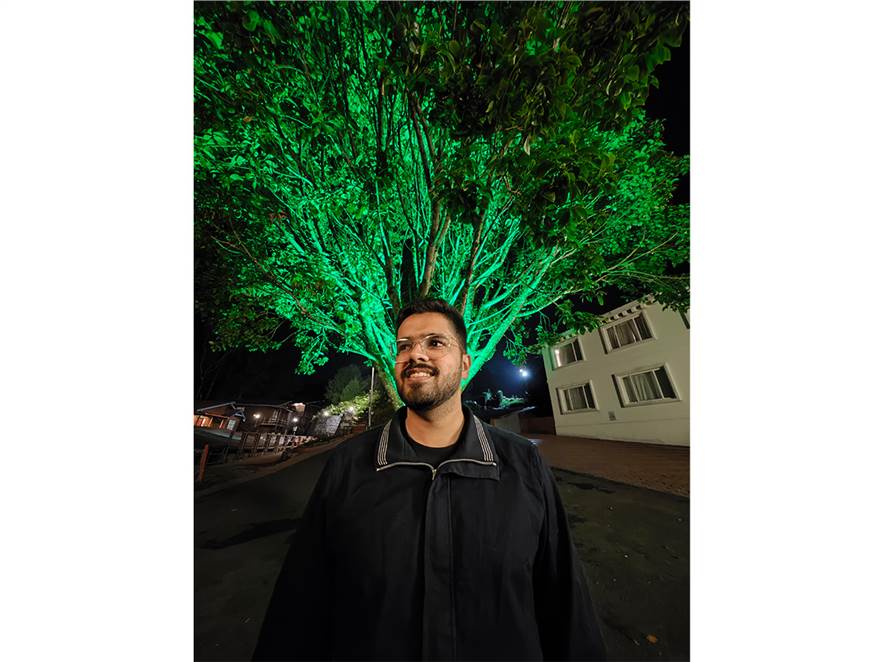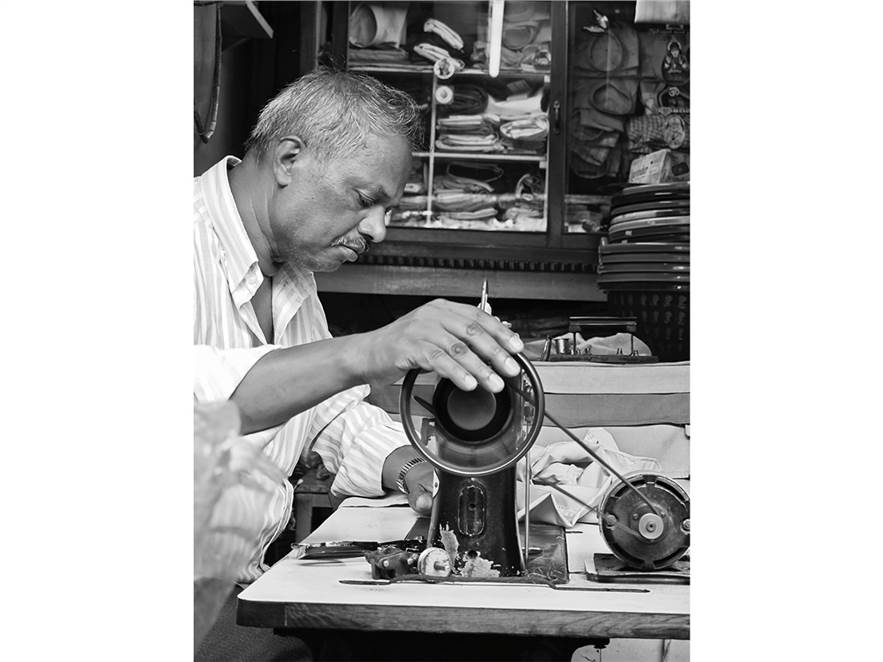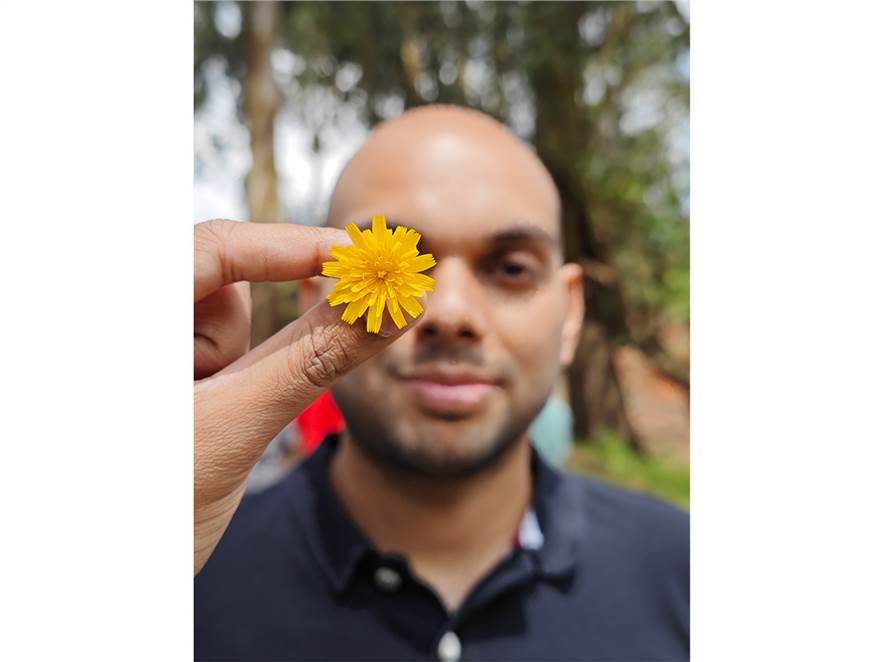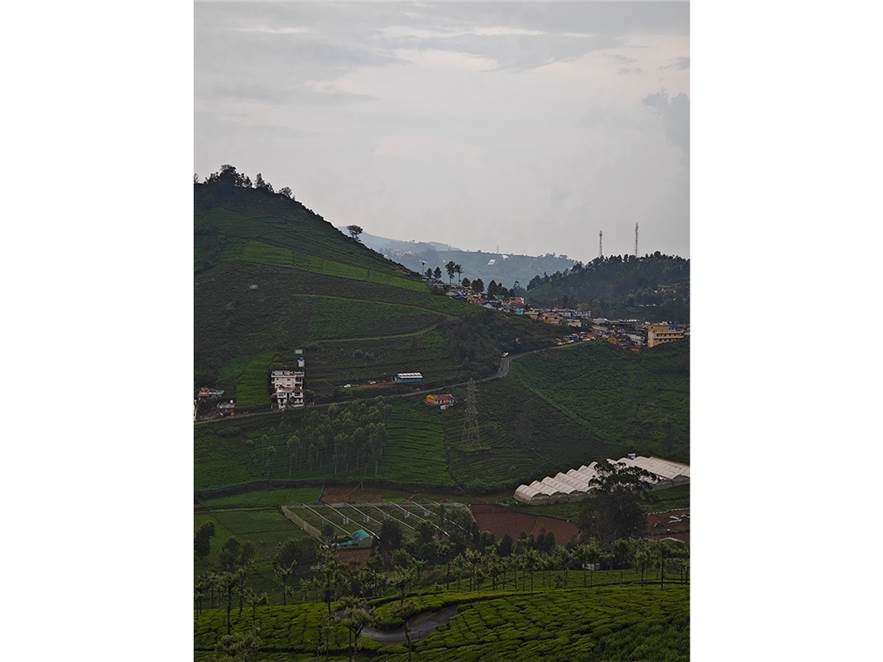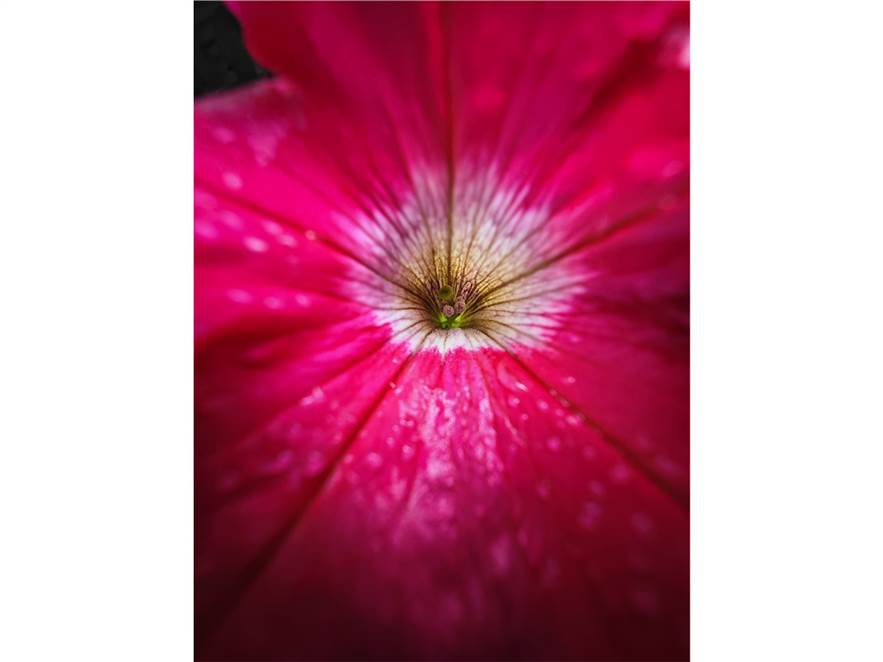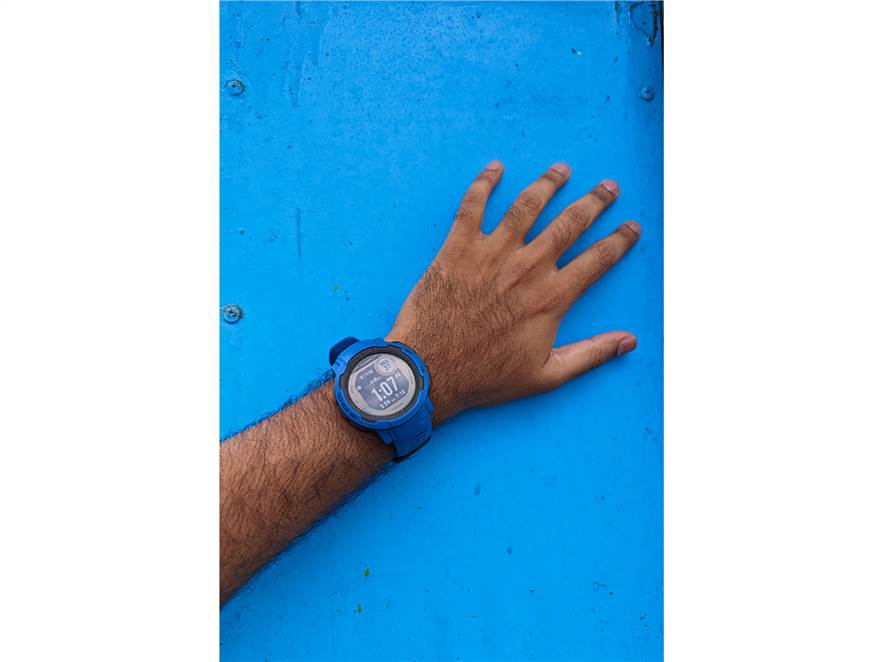The Xiaomi 13 Ultra is not coming to India. Yup, the first sentence is enough to discourage anyone from reading ahead and rightfully so. However, the 13 Ultra, in the eyes of a techie, is not an ordinary smartphone. It’s pretty much trying to be a system camera at this point or the next big thing. So even though we may not be able to daily drive this thing ever, the Xiaomi 13 Ultra tells a great story; a story of Leica and Xiaomi's partnership.
This is mostly a camera review of the Xiaomi 13 Ultra because we only got a day and a half with the device. More so, you can even consider this a hands-on with the camera because it wasn’t tested in our conditions. That said, there’s a lot you can decipher about the Xiaomi brand just the way it’s treating its flagships and the Indian market.
